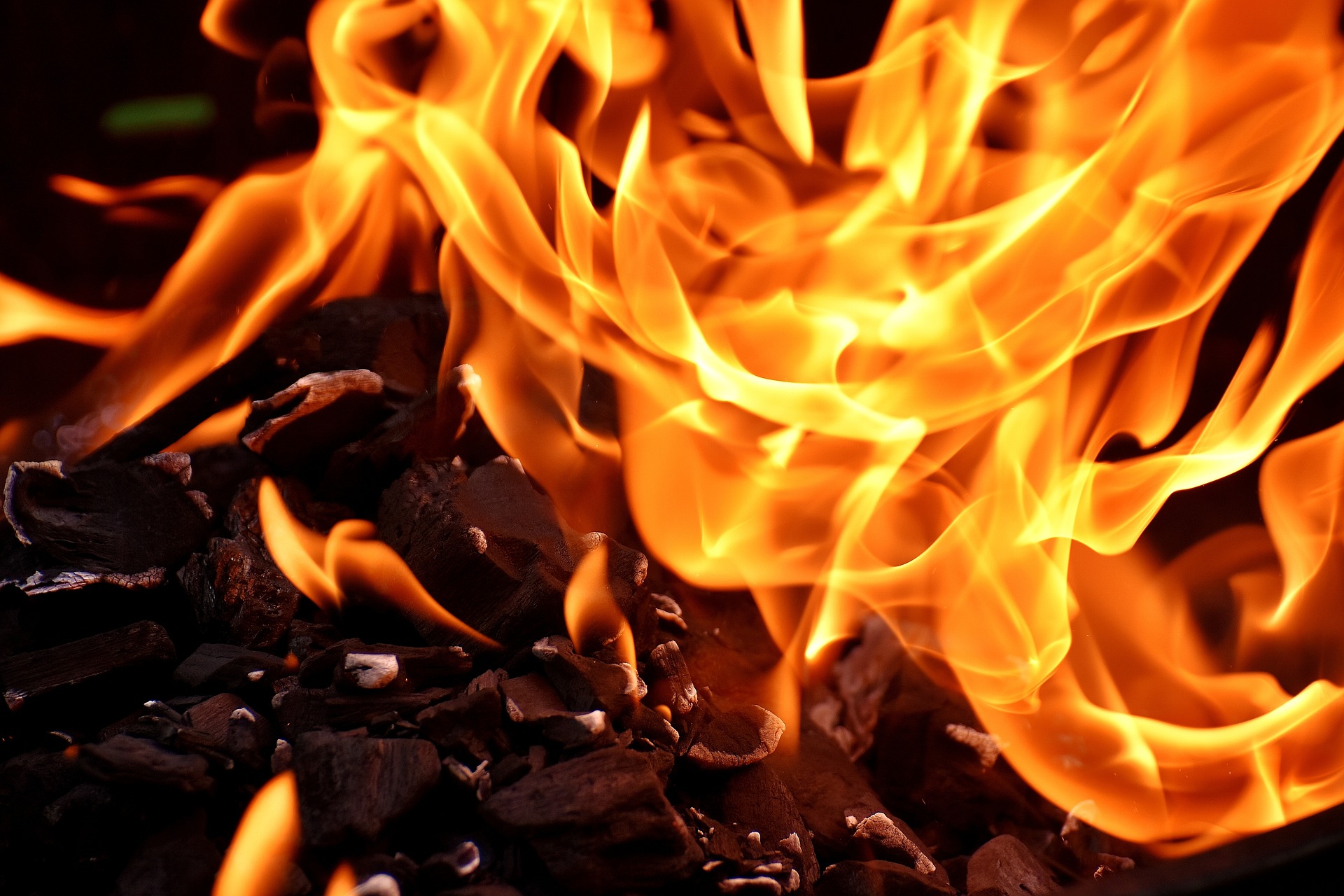Natural changes in the carbon cycle
Volcanic activity
- Volcanic activity- this is when an Vulcanian or Plinian eruption leads to a large volume of ash and debris to enter the atmosphere. This then rises up into the stratosphere, where it would lead to a higher albedo effect where incoming solar radiation is reflected. As a result, this reduces the amount of sunlight reached by the earth, resulting in a reduced surface temperature. Although, this would only happen if there was a large enough eruption like the 1816 Mt Tamborra eruption which led to the “year without summer”.
Wildfires
- Wildfire- this is when there is a large combustion of timber which leads to a transfer of carbon into the atmosphere. Though, these are part of the natural cycle caused natural factors like lightening, they are increasingly being caused by human error as 94% of all wildfires are man made. When the combustion of vegetation happens, it leads to ashes which enter the soil and increases its fertility. Therefore, in the long term, will stimulate plant growth which will increase the size of the vegetation cover. As a result, will lead to an increase in the sequestration of carbon via photosynthesis, hence lower temperatures.
Human changes in the carbon cycle
Combustion of fossil fuels
- Combustion of fossil fuels- this is when humans burn cheap fossil fuels to meet our energy demand, which leads to an increase in the transfer of carbon into the atmosphere. This accounts for approximately 80% of carbon emissions. In the future, the combustion of these fuels will increase due to rising human populations and with many countries industrializing like Rwanda and Nigeria.
Deforestation
- Deforestation- this is when areas of green forested land is cleared to create space for human development like urbanisation. Therefore, this reduces the size of the vegetation cover, which reduces the amount of photosynthesis that happens, hence an increase in the magnitude of carbon in the atmosphere. This can be due to rising populations in urban areas leading to more land being cleared or for more resources like in the Sundarbuns to fell mangrove trees as an export.
Farming practices
Farming practices are split into two different types; pastoral and arable, each having different impacts on the carbon cycle.
Pastoral farming
- Pastoral farming is the breeding of cattle like dairy and beef cows. These animas have a high carbon footprint. They belch which is when cattle will consume alfalfel (cattle food) and vomit it, before consuming it again. This releases more carbon hence a carbon source. Also, it fescus releases methane which is a greenhouse gas and contributes to the global warming. When these cattle are let onto pasture fields to graze will lead to a fall in the rate of sequestration via photosynthesis hence an increase in the magnitude of carbon in the atmosphere.
Arable farming
- Arable farming is the cultivation of crops. This can be benefical to the carbon cycle as it increases the size of the vegetation cover leading to an increase in the sequestration of carbon via photosynthesis and so becomes a carbon sink. However, when it comes to teg harvest, farmers use combine harvestors to gather the crops which releases carbon via combustion, but is easily sequestrated. Also, before planting the seeds, the soil is ploughed, which turns the soil over. This exposes decomposers to the sun, which leads to an increase in the rate of decomposition. The decomposers then release carbon via respiration.
Urbanisation
- Urbanisation- this will increase in the long term as populations grow in size. Therefore, will lead to an increase in the demand for buildings ,hence an increase in the demand for concrete, will produce clinker, which is a by product. As a result, this is a carbon source which increases the transfer of carbon in the atmosphere. However, an American company called BioMason have invented a way of creating bio bricks. These are bricks which are cultivated from live bacteria. Therefore, these bricks are carbon sinks because the live bacteria will sequestrate carbon in urban areas which benefits the carbon cycle. However, they are expensive and take a long time to produce.
